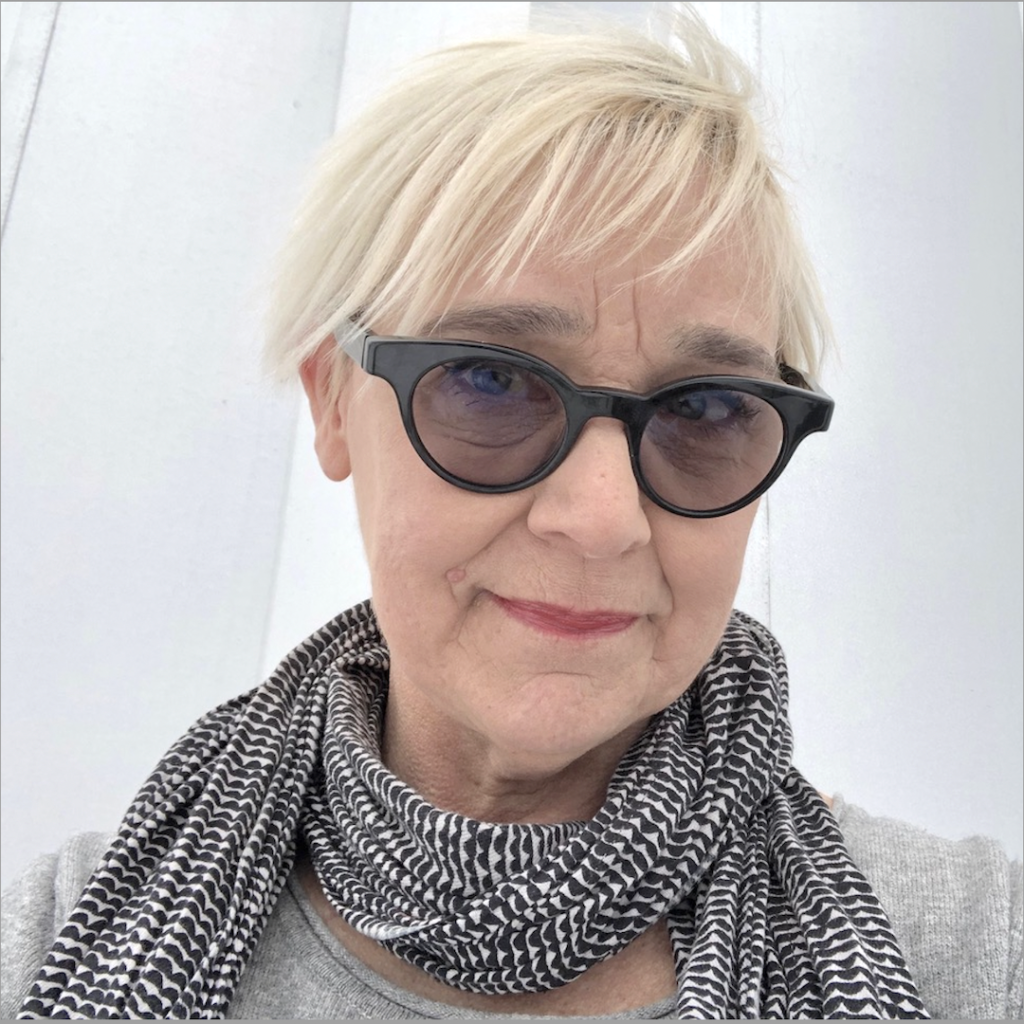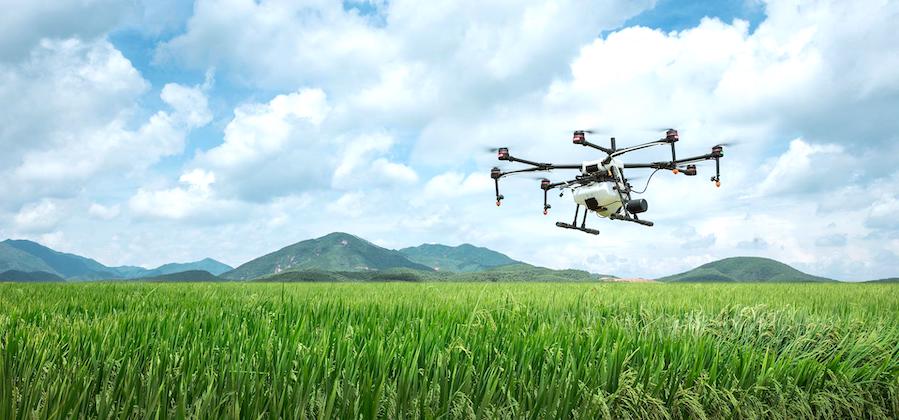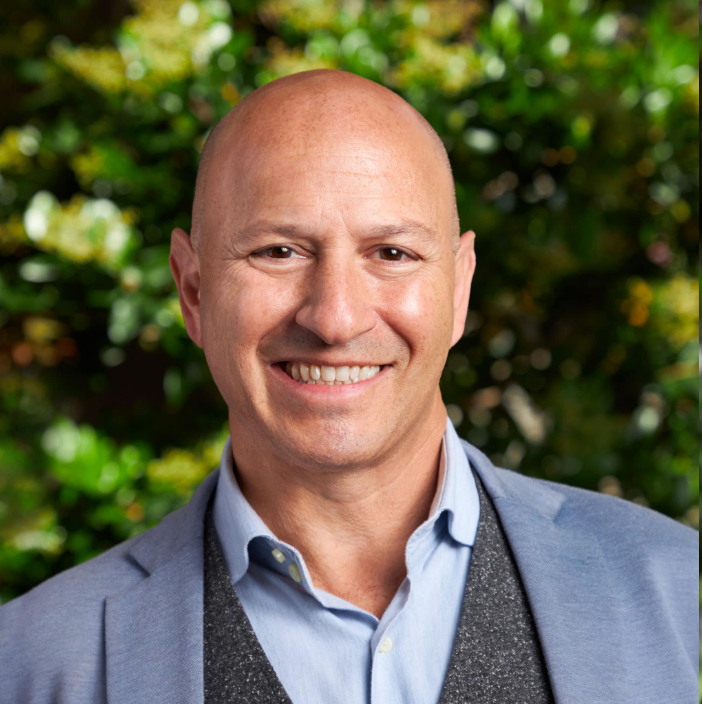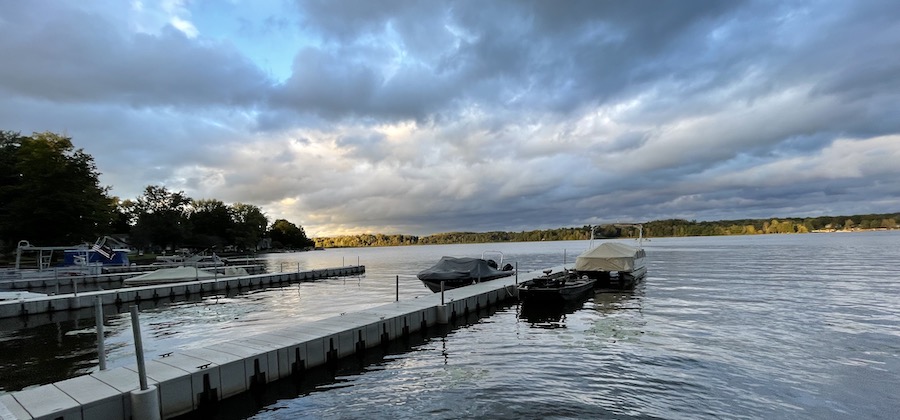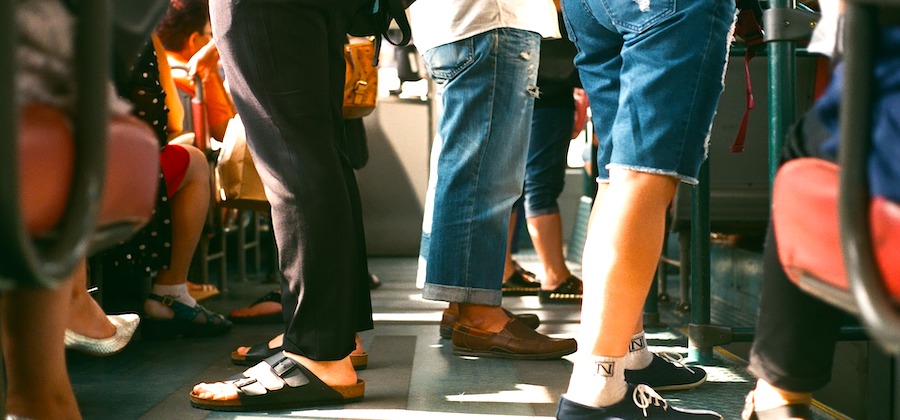
“Kansas City’s Zero Fare transit program shows major success – and what still needs to be done. It’s been three years since Kansas City voted to make its public transit free. Can it keep going?” writes Sandy Smith for Next City.
In 2019 Kansas City council were unanimous in their vote to make pubic transit free, making it the first large city in the US to implement a $0 fare program in an effort to move towards more equitable transit options. Now anyone living anywhere in Kansas City can catch a bus for free. When the COVID pandemic began, Johnson County, Kansas, joined in.
The Public Transportation Association reports that over the last two years there was an annual drop in ridership of 25 – 26%. This may seem like a big loss, but it’s a much lower ridership loss than some other cities. St Louis Metro Transit, for example, lost almost 39%t of its riders in 2020 and more than 55% in 2021.
According to the 2021 State of Black KC study, Zero Fare provided many riders with greater access to the city. Of the surveyed riders:
- 90% ride the buses more often
- 92% can shop for food more easily
- 88% have better access to healthcare providers
- 82% can get or keep a job
- 86% feel that the city cares about their needs
- 84% can explore new places
In other words, the program has seen early success. An added bonus are the savings for riders which can go towards groceries, health, education and more.
As well as increased mobility and financial benefits, nearly 80% of riders also now feel safer on buses, a feeling backed by statistics in the 2021 Zero Fare impact analysis by Mid-America Regional Council (MARC). And let’s not forget the environmental benefits of increased ridership. MARC’s analysis suggests that Zero Fare could eliminate 7,000 tons of carbon dioxide emissions.
Of course, there’s still plenty of work to be done. Service frequency is an issue which definitely needs improvement. And more importantly, a continuing source of funding still needs to be found to make Zero Fare permanent. But Zero Fare is a step in the right direction.
Read the original article here.
Image by Free-Photos from Pixabay

